The Moon has captivated humanity for millennia, its glowing face a familiar companion in our night sky. But what lies on the other side, the part we never see from Earth? Known as the dark side of the Moon, this hidden half has sparked curiosity, myths, and scientific investigation. In this article, we’ll unravel the mysteries of the Moon’s far side, exploring its unique features, history of exploration, and its significance for science and humanity’s future. Stay with Spaceyv
What Is the Dark Side of the Moon?
The term “dark side” is a bit misleading. The far side of the Moon is not perpetually shrouded in darkness—it experiences day and night cycles just like the near side. What makes it unique is that it always faces away from Earth, a phenomenon caused by tidal locking.
- Tidal Locking Explained: The Moon’s rotation on its axis matches the time it takes to orbit Earth—27.3 days. This synchronization keeps one hemisphere facing us at all times.
- Light and Dark: Both sides receive sunlight equally during their lunar day, but we only ever see the near side.
Imagine the Moon as a cosmic dance partner, forever locked in a slow waltz, showing only one face to its partner, Earth.
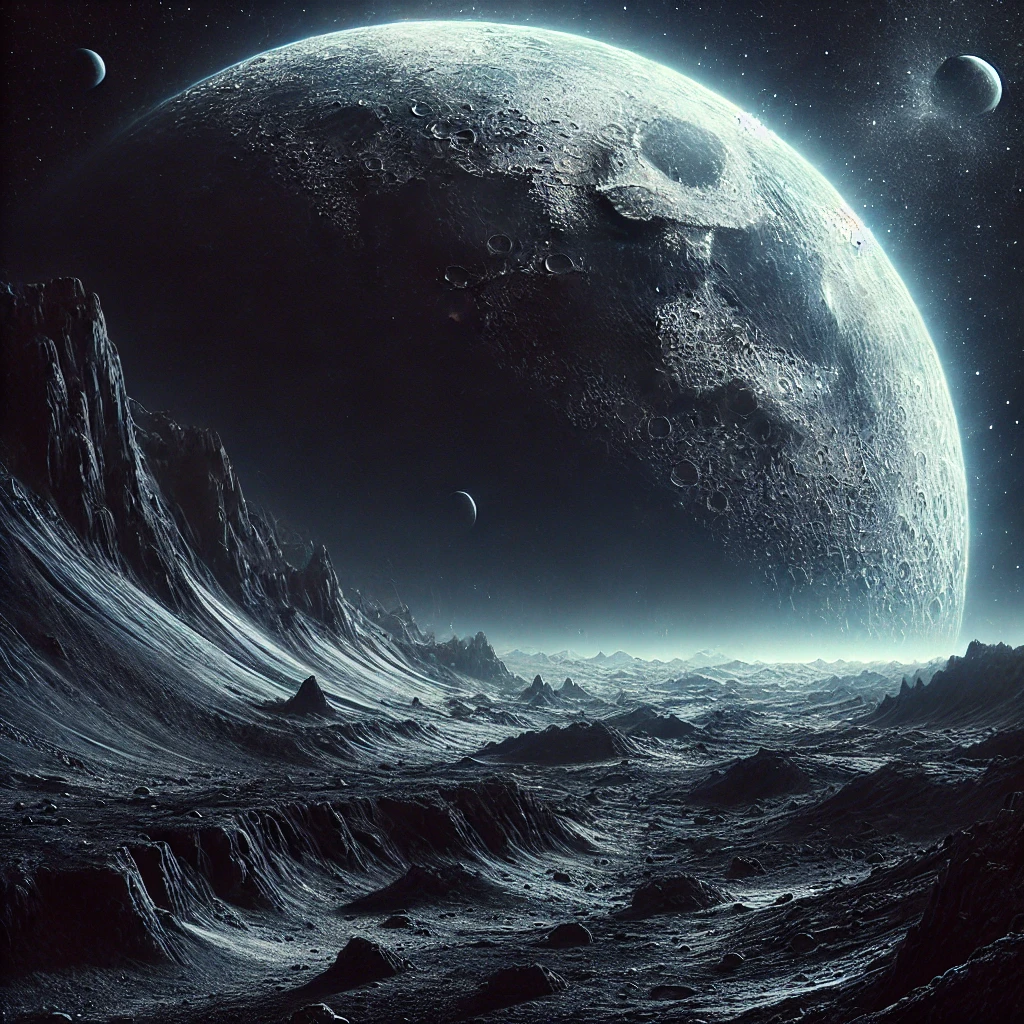
The History of Exploration: Discovering the Far Side
For centuries, the far side of the Moon remained a mystery until the advent of space exploration.
- First Images: The Soviet spacecraft Luna 3 captured the first images of the far side in 1959, revealing a heavily cratered and barren landscape.
- Notable Missions:
- Apollo Program: While Apollo astronauts orbited the Moon, they marveled at the stark differences between the near and far sides.
- Chang’e 4: In 2019, China’s Chang’e 4 mission became the first to successfully land on the far side, providing unprecedented insights into its geology.
These missions revealed that the far side is more rugged and lacks the dark basalt plains (maria) found on the near side, hinting at differences in its formation.
What Makes the Far Side Unique?
The far side of the Moon is a geological treasure trove, offering clues about the Moon’s history and the early solar system.
- Surface Features:
- Heavily cratered due to fewer lava flows that could have smoothed the terrain.
- Contains the South Pole-Aitken Basin, one of the largest known impact craters in the solar system.
- Geological Differences:
- The crust on the far side is thicker, which may explain the lack of volcanic activity and maria.
- Mineral compositions hint at unique processes that shaped this hemisphere.
- Scientific Discoveries: The far side may harbor traces of water ice in permanently shadowed regions near the poles, a potential resource for future lunar missions.
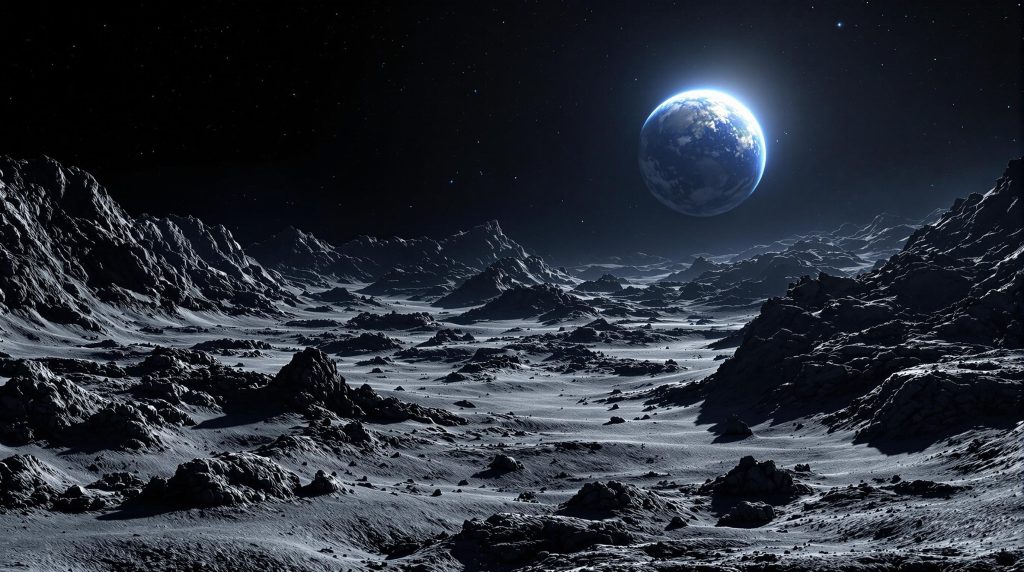
The stark contrast between the two sides provides valuable data for understanding the Moon’s evolution.
Myths and Misconceptions About the Dark Side
The Moon’s far side has inspired countless myths and conspiracy theories, fueled by its inaccessibility and portrayal in popular culture.
- Myth: The far side is perpetually dark.
- Reality: It receives sunlight just like the near side but is never visible from Earth.
- Myth: Alien bases or secret government experiments exist on the far side.
- Reality: No credible evidence supports these claims.
Pop culture, from Pink Floyd’s iconic album “The Dark Side of the Moon” to sci-fi movies, has further mystified this hidden realm.
Why Does the Dark Side Matter for Science?
The far side isn’t just a curiosity—it holds immense scientific value.
- Radio Astronomy: Shielded from Earth’s radio interference, the far side is an ideal location for setting up radio telescopes to study the universe’s origins.
- Lunar Evolution: Its unique features help scientists piece together the Moon’s formation and the history of the solar system.
- Future Exploration: The far side’s resources, such as water ice, could support lunar bases and serve as a stepping stone for missions to Mars and beyond.
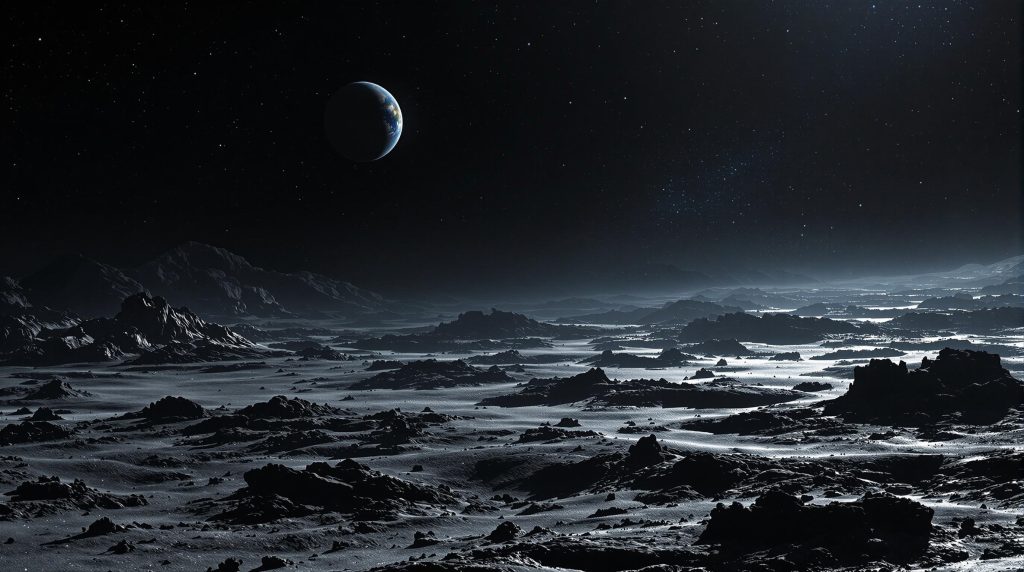
Understanding the far side bridges gaps in our knowledge and paves the way for future space exploration.
The Moon’s far side holds significant scientific importance due to its unique environment and geological features. Unlike the near side, which has been extensively observed and studied, the far side offers an untapped reservoir of knowledge that could revolutionize our understanding of both the Moon and the broader universe.
- Pristine Environment for Radio Astronomy:
- Shielded from Earth’s radio signals, the far side is a perfect location for radio telescopes.
- Scientists can use this “quiet zone” to study cosmic phenomena, such as the early universe and distant celestial bodies, without interference.
- Lunar Evolution and Impact History:
- The far side’s heavily cratered surface preserves a record of the Moon’s and solar system’s formation.
- Analyzing its terrain can provide insights into ancient asteroid impacts and lunar crust evolution.
- South Pole-Aitken Basin:
- This massive impact crater offers a glimpse into the Moon’s mantle, potentially revealing details about its internal structure and composition.
- Presence of Water Ice:
- Permanently shadowed craters near the poles might contain water ice, a critical resource for sustaining future lunar missions.
- Future Human Exploration:
- The far side’s challenging terrain and isolation make it an ideal testing ground for technologies needed for Mars and deep-space missions.
By studying the Moon’s far side, scientists can address unanswered questions about the Moon’s history, the early solar system, and the broader cosmos, paving the way for groundbreaking discoveries.
Conclusion
The mystery of the dark side of the Moon has captivated our imaginations for centuries. From its discovery through space missions to its scientific importance, the far side continues to reveal the secrets of our celestial neighbor.
As humanity ventures further into space, the Moon’s hidden half will undoubtedly play a crucial role in unlocking the universe’s mysteries. Stay updated on the latest lunar discoveries and more at SpaceyV!

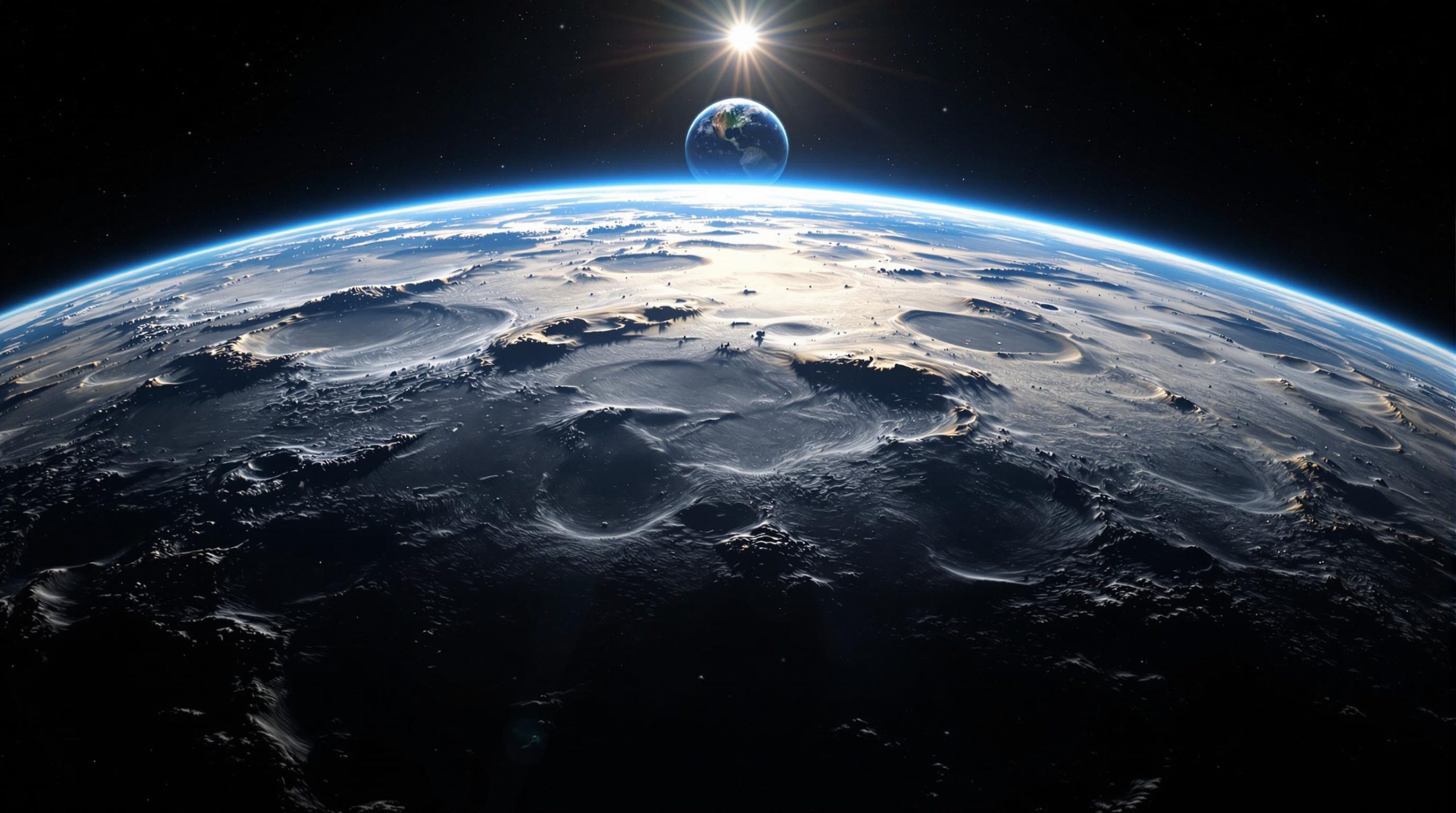
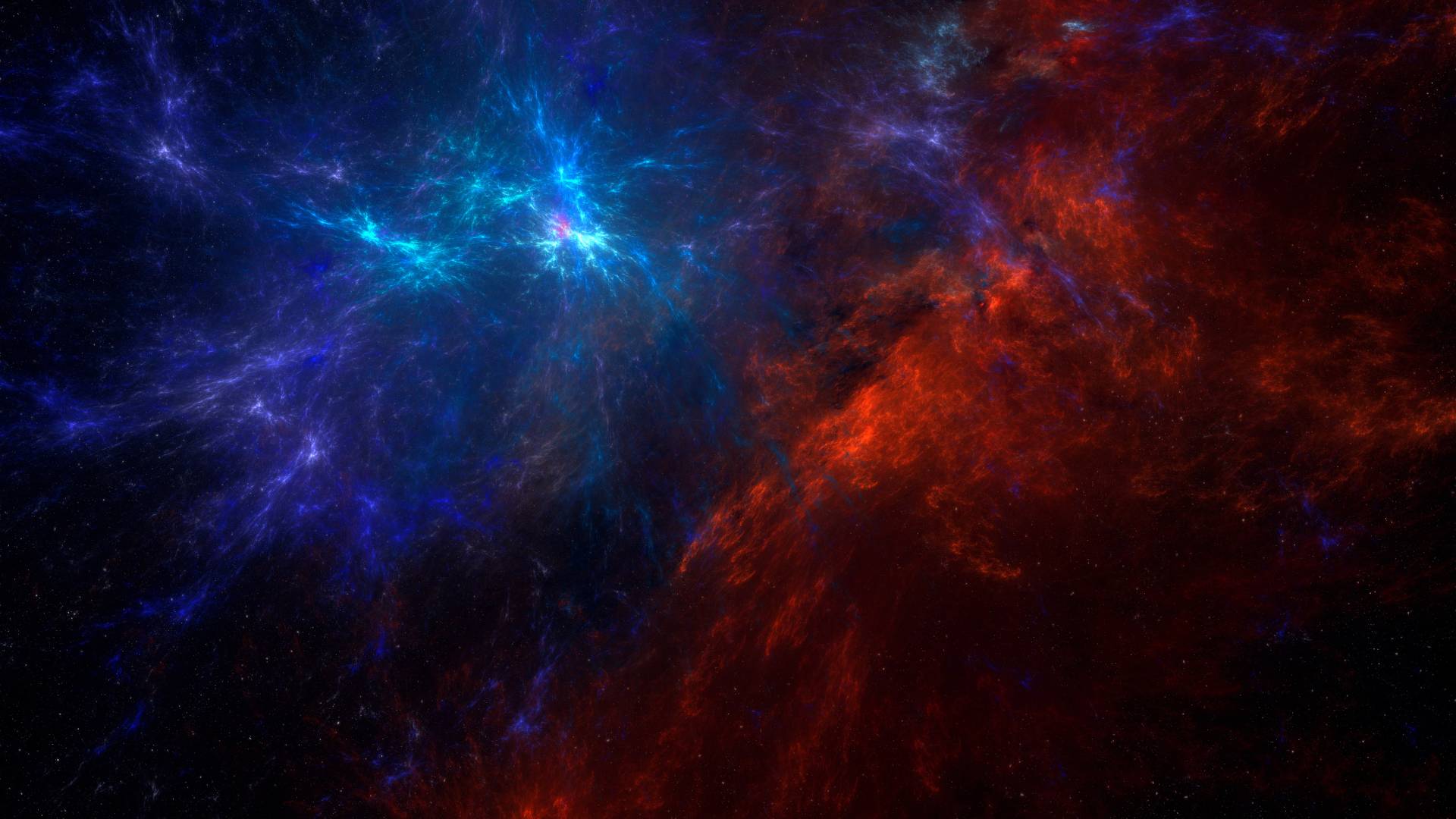
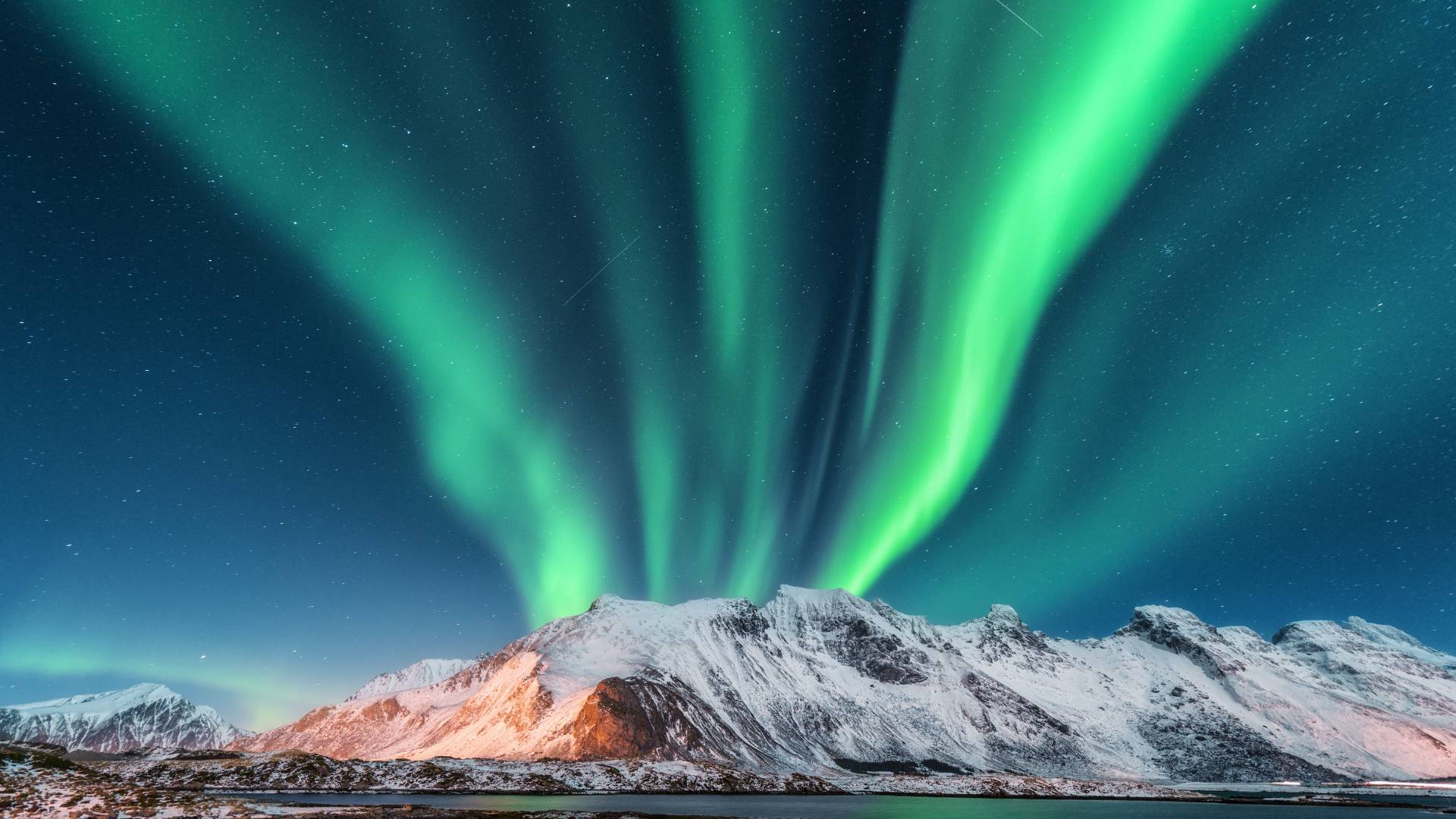
Plunge into the epic realm of EVE Online. Find your fleet today. Create alongside hundreds of thousands of explorers worldwide.